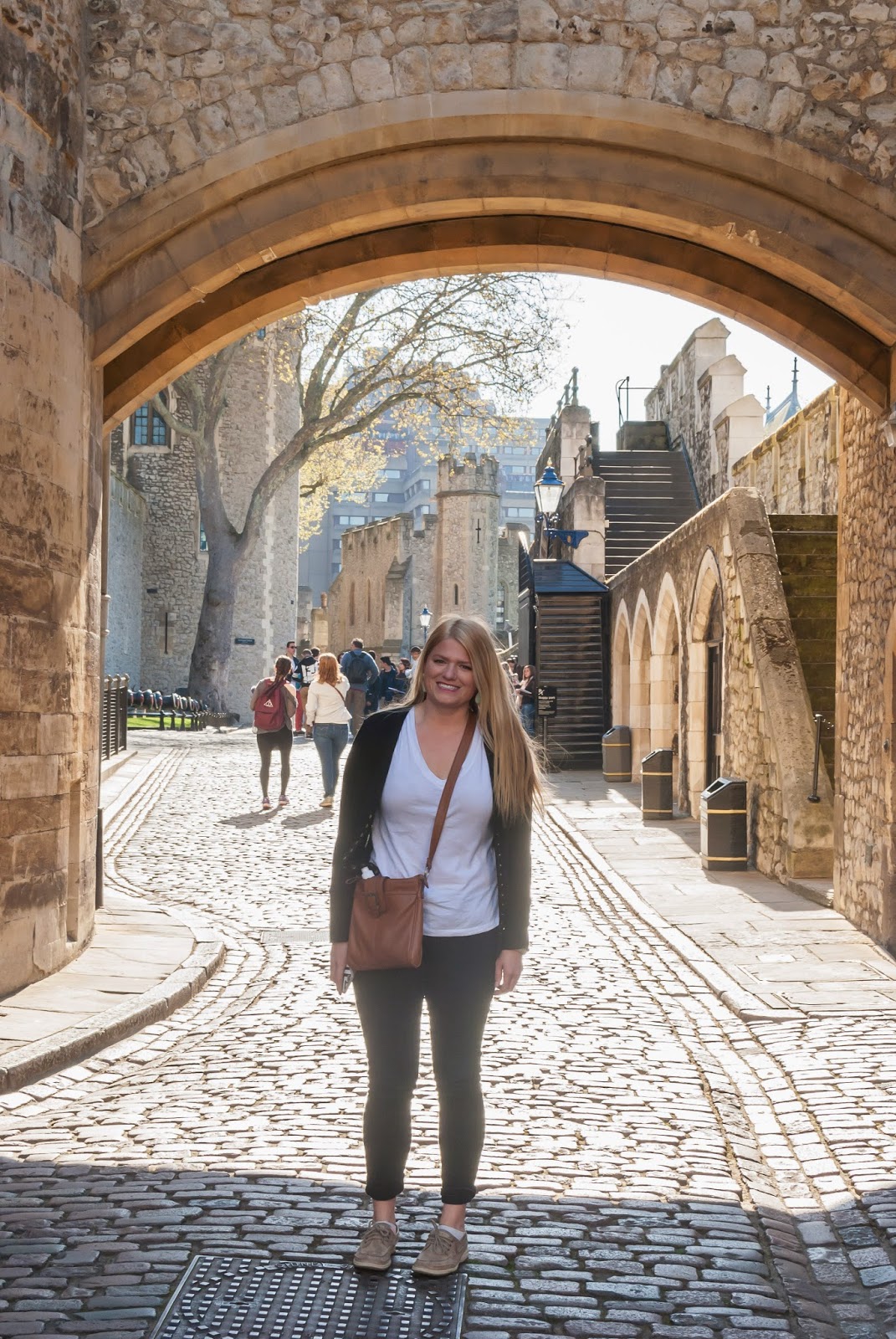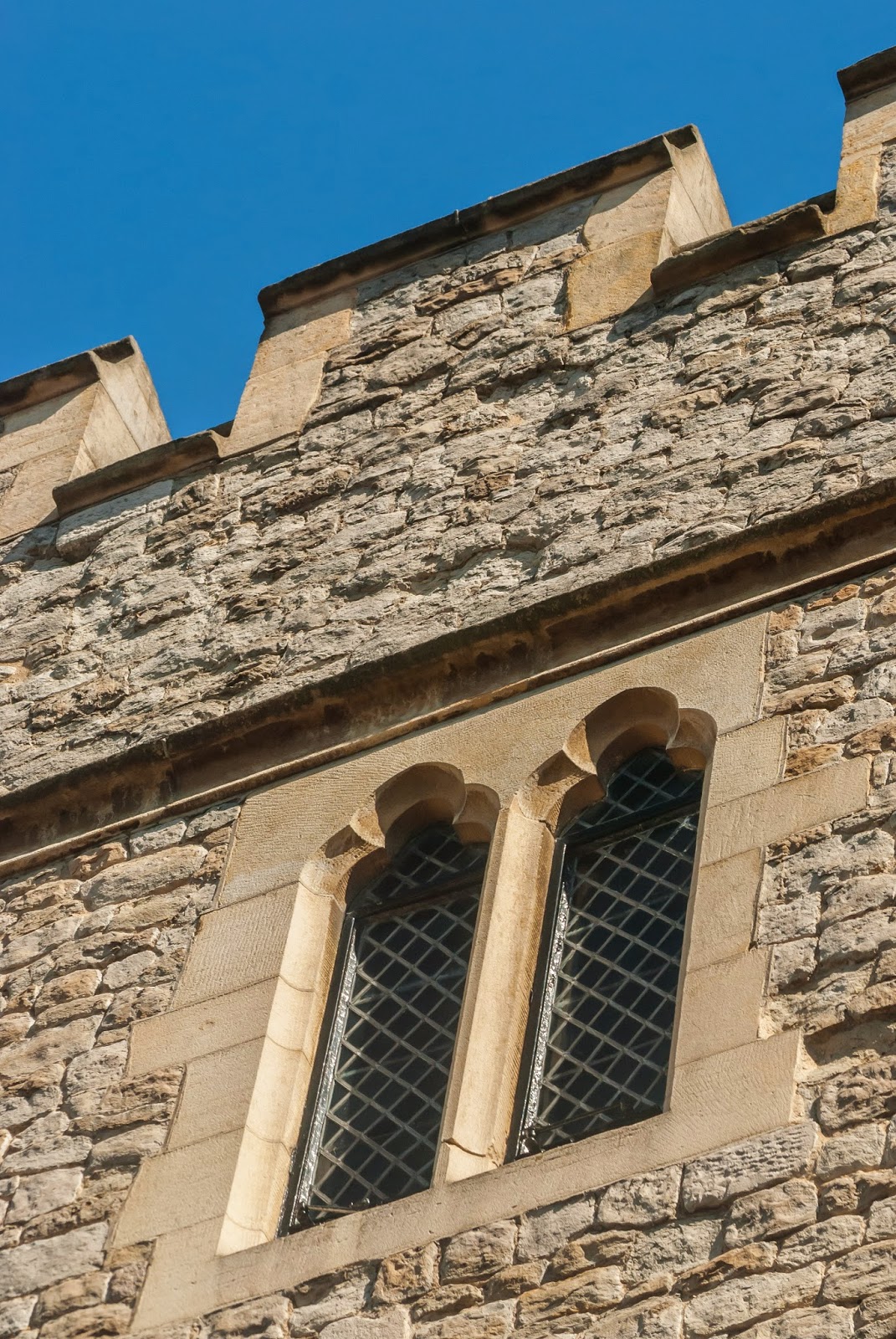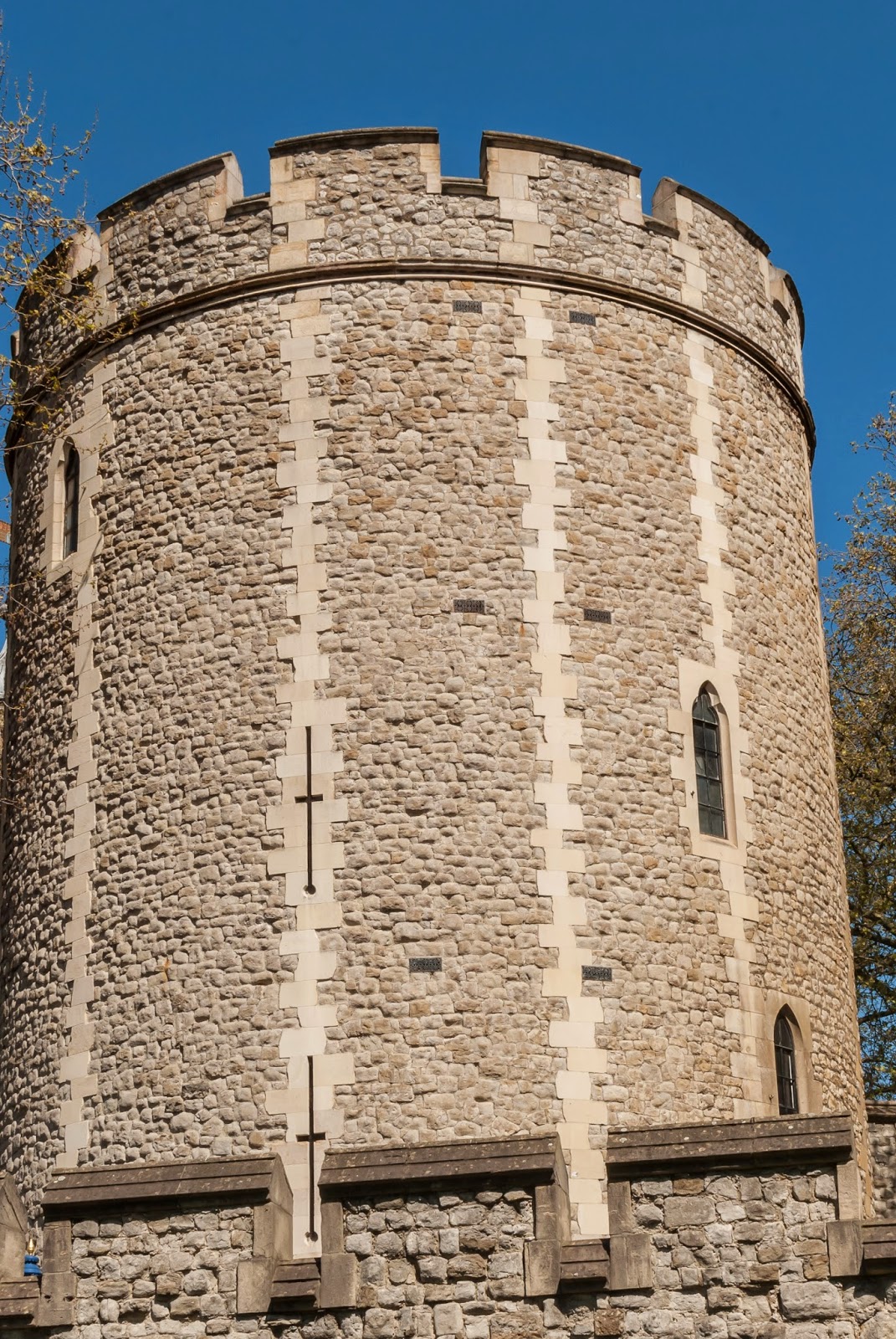Visiting the Tower of London was one of the most fascinating experiences of my time in London. We went on April 21st, which was an excellent day because it was Queen Elizabeth's Birthday. To celebrate her 89th Birthday soldiers at the Tower of London fired a sixty-two gun salute. The other highlights from our visit were seeing the Crown Jewels, and participating in the Beefeater Tour. Seeing the Tower of London has inspired me to read and study more about this time period in England's history because it is quite captivating.
While I love history I know that there are a lot of people who do not enjoy learning about the past because they find it boring, hard to understand, etc. Going on a tour led by the Beefeaters at the Tower of London is incredible and far from boring. Even those who dislike history will have a great time and learn so much. The website for the Tower of London is incredible if you want to learn more of the history. Below are some of the most engrossing things I learned while visiting, including some of the commentary from our Tour Guide as seen in quotation marks:
- The earliest parts of the castle (the White Tower) were built by William the Conquerer beginning in 1078. The walls of the White Tower vary in thickness from 15 feet wide at the base to 11 feed wide at the top.
- Waste from residents of the tower was dumped into the 100 foot wide moat and the Thames would wash it out. In 1843 Queen Victoria ordered that it be drained and filled in because of disease. They used oyster shells to fill it in because they were cheap and plentiful from a neighboring fish market. Here is what our tour guide had to say: "As a toilet the moat was a complete failure, but as a line of defense it did well... [now] the grass is lush and green, indicating incredibly fertile soil."
- Tower Hill is the site where public executions took plae. 363 people were executed and thousands of people would gather to watch. The custom was that the prisoner would shake hands with the executioner before being executed, and the prisoner would also supply their own coffin and would pay the executioner.
- The drop gate weighs 1.5 tons and dates from 1286. Guide: "So are the ropes that hold it up."
- Anne Boleyn and Catherine Howard, wives of Henry VIII, were imprisoned and executed in the Tower of London. Ann Boleyn was found guilty by a court of adultery with seven men, one including her brother. According to the records kept, she didn't think that Henry VIII would go through with having her executed. She was praying for deliverance during the execution and the executioner sliced off her head while she was unaware. Those present said that her eyes continued to move around afterwards and her lips continued to move. She did not provide a coffin and so her remains were stuffed inside an arrow box. Henry VIII married Jane Seymor 11 days later. She died after giving him a son. Next he married Anne of Cleaves by proxy (sight unseen) and when she arrived she looked different from the painting he had seen and so he had the marriage annulled. Henry the VIII's next wife, Catherine Howard was only seventeen. He was in his fifties, obese, and old. She had an affair and was caught. Her last words were "I die a queen, but would rather die the wife of Culpepper." Culpepper, her lover was immediately arrested.
- Henry VIII was the last monarch to use the Tower as a royal residence.
- In addition to some of Henry VIII's wives, other famous prisoners include Sir Thomas More, Guy Fawkes, Elizabeth I, and Sir Walter Raleigh. Because the Tower of London was built as a fortress, it was built to keep people out, not in.
- The first prisoner kept in the Tower actually managed to escape. "In total 81 prisoners escaped. That is a ratio of 1 in 42, making it one of the least secure prisons anywhere in the world."
- Six ravens are kept at the Tower of London always. Legend says that if the ravens leave the kingdom will fall.
- The Tower was home to the Royal Menagerie for 600 years. Some of the more interesting animals received by the monarchy as gifts include an elephant, a polar bear, barbary lions, and a grizzly bear. I watched a PBS documentary about the Tower before my visit and learned that the elephants was given a gallon of wine a day to keep him healthy in the winter months. Our tour guide jokingly said that the animals given as gifts were because the kings of Europe didn't like one another. Gifting exotic animals that cost a lot to maintain was the perfect gift.
- Bloody Tower was originally known as Garden Tower. During the War of the Roses two young princes disappeared from the tower. Two-hundred years later their bodies were found in a box in the stairwell during construction. The bones were moved to Inocense Corner in Westminster Abbey. While it is uncertain as to who murdered them, Shakespeare would have you believe it was King Richard. Here are some other theories.
- The Crown Jewels have been kept in the Tower of London since the reign of Henry III. The Imperial State Crown includes over 2,800 diamonds. The largest diamond is about the size of an egg.
- During the 1940 Blitz of London, several of the buildings on the grounds were damaged. Fortunately the White Tower was not hit.
- The last prisoner to be executed in the Tower of London was a German Spy who was executed b firing squad in 1941.
- Several people believe that the Tower is haunted. Ghosts that have been reportedly seen include Anne Boleyn, Lady, Jane Grey, and the young princes.
- To become a Yeoman Warder (Beefeater) a candidate has to spend a minimum of twenty-two years in the armed services and be awarded a 'Long Service and Good Conduct' medal. The origin of the name Beefeater is uncertain, but the most popular speculation is that the Yeoman of the Guard were allowed to eat as much beef as they liked from the King's Table. The Beefeaters live in the Tower.
- One of the most shameful days in English history pertain to the execution of Lady Jane Grey on Tower Green. Jane is also known as the Nine Day Queen and was sixteen years-old and newly married. Edward VI altered his line of succession so that Lady Jane would continue the Protestant reign, instead of Mary Tudor, Lady' Jane's Catholic cousin. Nine days after Lady Jane was declared queen, Mary entered London with popular support and Jane was arrested. She was held at the Tower of London and beheaded on Tower Green. Before being executed herself, she was forced to watched her husbands execution on Tower Hill and watch as his body was transported. At her execution she did her best to remain calm, however at the last minute she started to panic and had to have help in finding the block. There are several inscriptions at the Tower of London dedicated to her.
Tower Green.

Left: The house in the background is where the Yeoman Warder's and their families live. Right: The Crown Jewels are located inside this building.
After the forty-one gun salute we walked across Tower Bridge and wandered along the South Bank before heading to our next destination, Kensington Palace.
Left: "The Gherkin," 31 St. Mary Axe. Right: The Shard
The HMS Belfast.
London Bridge (not to be confused with Tower Bridge) is just an ordinary bridge, nothing really exciting about it other than the song.
The Monument to the Great Fire of London.
Here are a few pictures that my sister took:
 |
| The lady on the Left was in the PBS documentary, Secrets of London: Tower of London. I felt like I was meeting someone famous. She told me that was her fifteen minutes of fame. |
The Moat
Jane graffiti.
Tower Green.
Home of the ravens.The HMS Belfast.







































































No comments:
Post a Comment